As you no doubt know already, those paws will follow you just about anywhere, especially when there’s an adventure to be had. The excellent dog gear brand Ruffwear published an article detailing the dog paw, saying, “We get a lot of questions about paw anatomy, and whether or not boots are necessary for our sidekicks.”
This particular Ruffwear blog post has been around for a while, but the information therein is always going to be valuable. So, we thought it’d be worth sharing.
Ready to dig in?
Basic Dog Paw Anatomy
The dog paw has five basic parts: (A) the claw, (B) digital pads, (C) the metacarpal (on the front paws) and metatarsal (on the rear paws) pad, (D) the dew claw, and (E) the carpal pad.
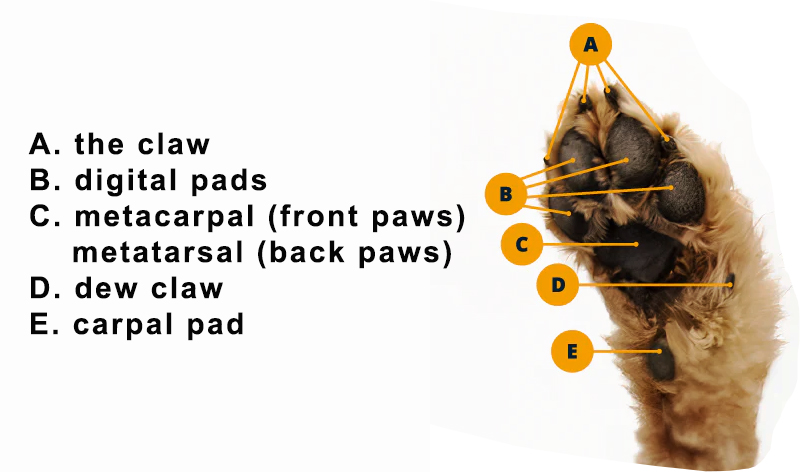
The metacarpal, metatarsal, and digital pads function as load-bearing, shock-absorbing pads to protect the joints and bones in your dog’s paws. They’re covered in a thick skin that also helps with skid and traction on a slope or while stopping.
The claws provide traction and help a dog dig. The purpose of the dew claw remains a mystery, though it is believed to have been more useful historically in dog breeds.
Not all dogs have dew claws. For most, they can be on the front legs. Less commonly, some dogs will have them on the rear legs.
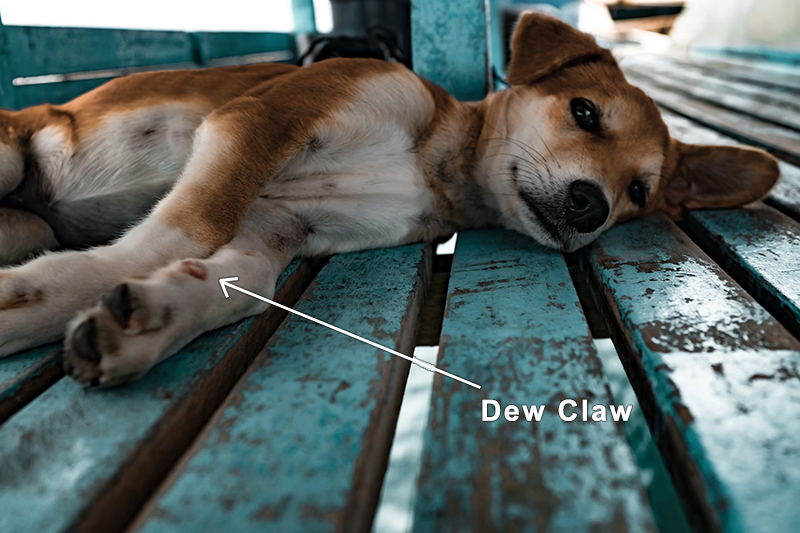
Keeping Your Dog’s Paws Healthy
A dog’s paws work hard, and sometimes, the elements can wear them down. This wear can be abrasion after long walks or runs on rough surfaces, leaving their normally rough and tough paw pads worn down and smooth.
Other times, it might look like tender paw pads that are sore from extended walking on hard or rocky terrain.
Dogs have an incredible ability to adapt to these conditions when worked up to them over time.
Starting with short hikes and walks on rough terrain and slowly increasing that duration helps their paw pads develop tougher, calloused skin that’s less prone to abrasion.
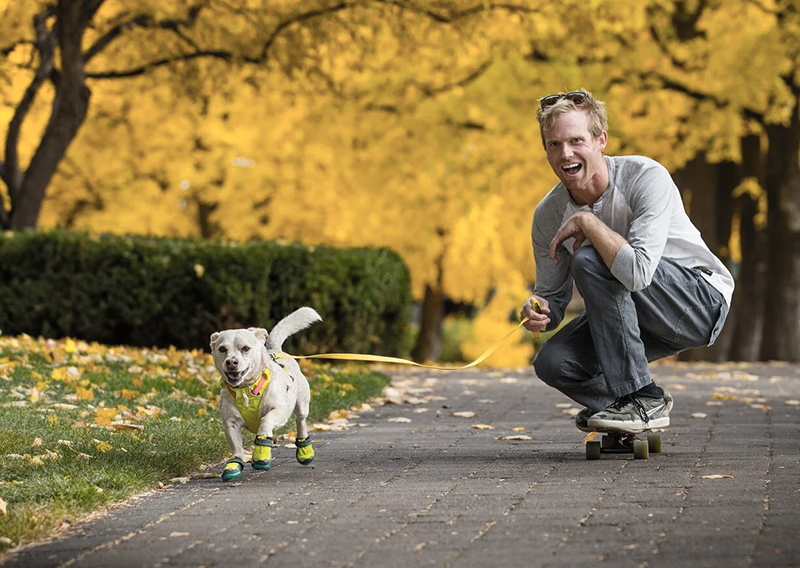
When Do Dogs Need Dog Boots?
Another way to give your dog’s paw pads a boost is with dog boots.
Since those paws will follow you just about anywhere, Ruffwear designs dog boots to offer paw protection even when the trail ahead is hot, rocky, or covered in snow and ice.
Boots can help lessen paw soreness from long treks, abrasion from rough surfaces, or frostbite from ice and snow.
Ruffwear boots have the trail-ready build and performance you’d expect to find on your own feet but are designed specifically with your trail buddy’s paws in mind.
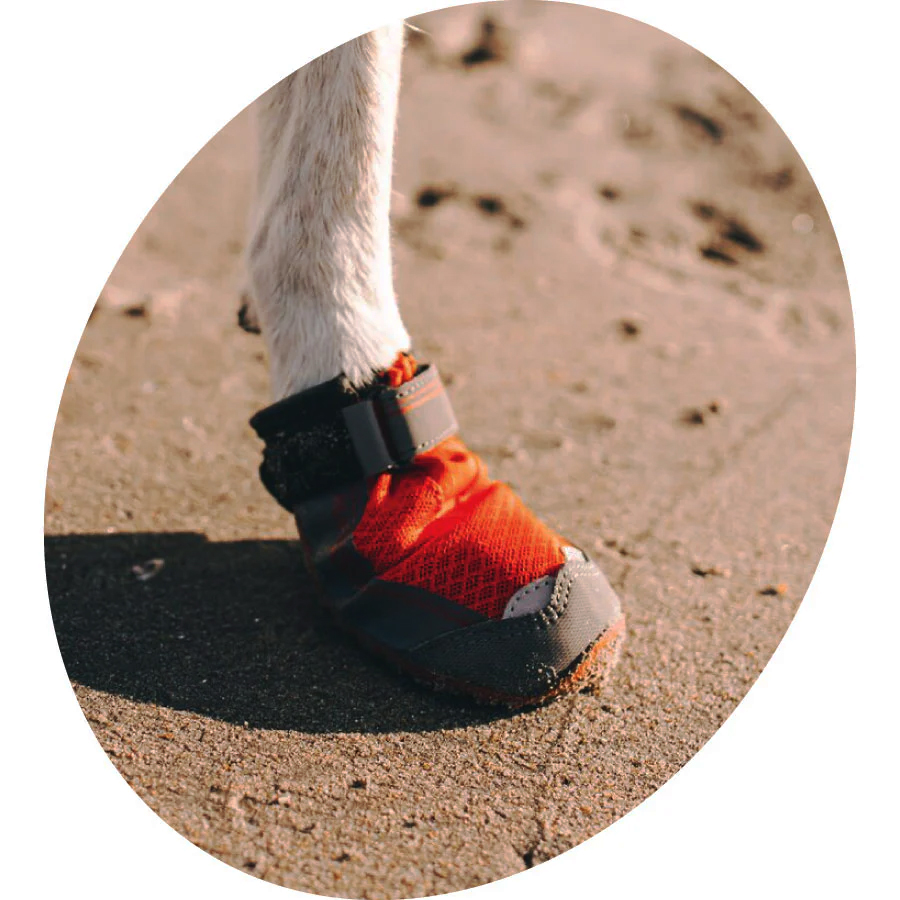
Which Boots Should I Get My Dog?
Each boot is designed with features geared toward assisting in different environments. We’ve broken down these key features to help you choose the best boot for your activity.
GRIP TREX: All-terrain paw wear; great for hot surfaces, backpacking, hiking, mountain biking, and everyday walks where extra protection is needed.
POLAR TREX: Winter traction and insulation; great for protecting against cold temps, snow-melt chemicals, and snowballs during cold-weather walking, skiing, snowboarding, or snowshoeing.
For more information on choosing the dog boot that’s right for your dog, check out the Ruffwear guide to dog boots.
See the original version of this article on the Ruffwear website.
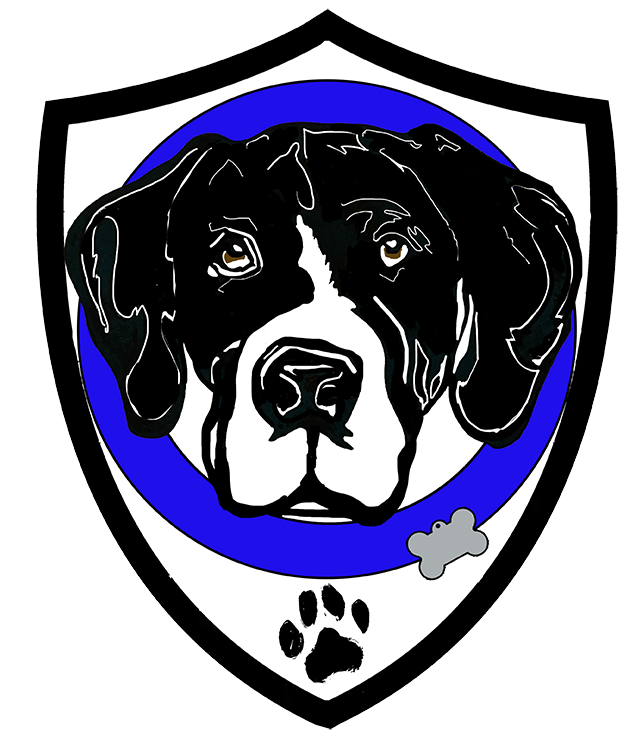
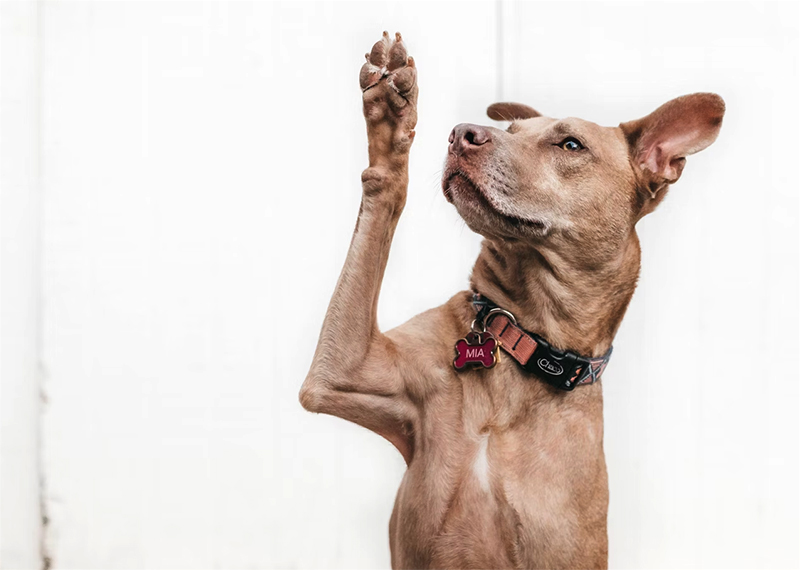

Leave a Reply